HAL® S3005
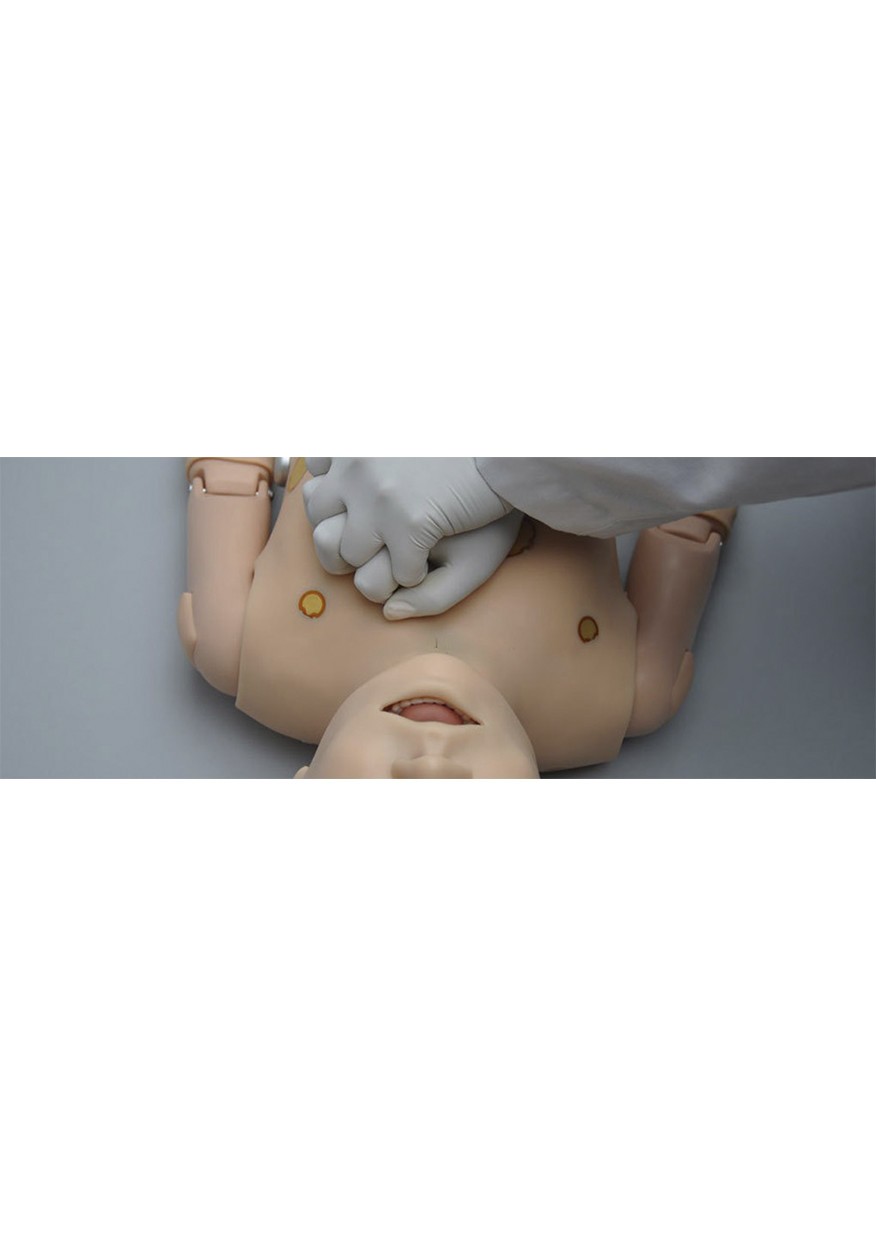
HAL® S3005 Five Year Old Pediatric Simulator
Details:
Simulation Made Easy™. Proven HAL® technology. Tetherless with wireless communications. Fully responsive, even during transport. Wireless streaming audio. Automatic or instructor control. New and improved airway features.
HAL® S3005 - 5 Year Old Pediatric Simulator - Fully Responsive Even in Transit
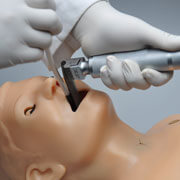 |
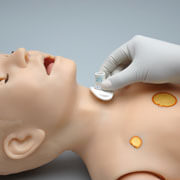 |
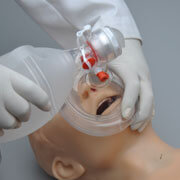 |
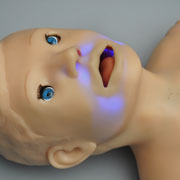 |
|
Airway
|
New airway feature
|
Breathing
|
Circulation and color change
|
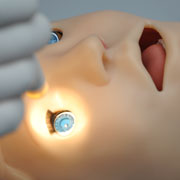 |
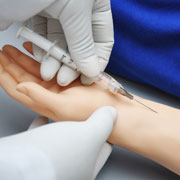 |
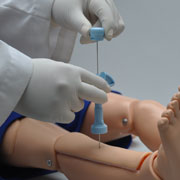 |
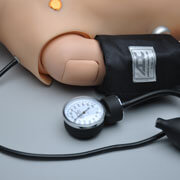 |
|
Active eyes
|
Venous Access
|
Intraosseous infusion
|
Blood pressure
|
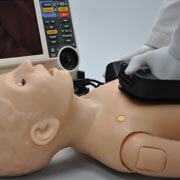 |
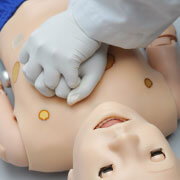 |
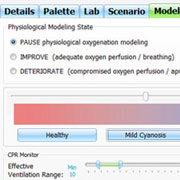 |
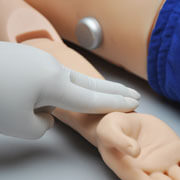 |
|
Defibrillate, Cardiovert and Pace
|
CPR
|
Easy to use
|
Hypoxing modeling
|
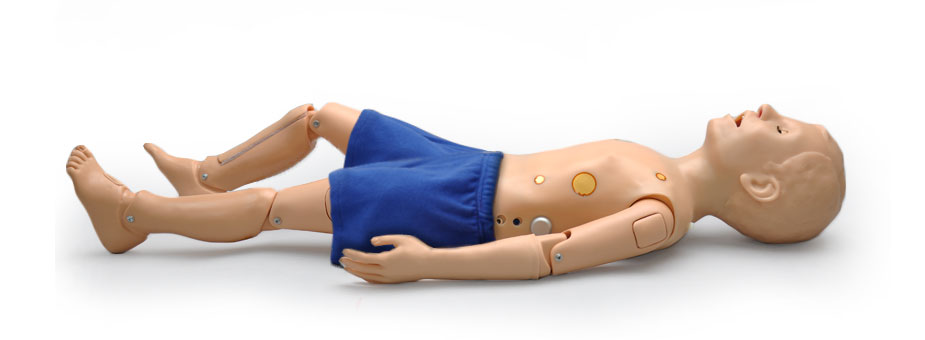
|
File sharing
|
Sounds
|
Simulator
|
Motion
|
|
Log
|
Control
|
-
Pediatric HAL® S3004 - S3005 Features
Monitoring
NOELLE’s touchscreen vital signs and perinatal monitors provide students with feedback provided in real clinical settings
- Vital Signs for Pediatric
- Optional 20 inch “all-in-one” touchscreen virtual monitor or 12” Touch Screen Tablet to display vital signs
- Customize each trace independently; users can set alarms, and time scales.
- Display up to 12 numeric values including HR, ABP, CVP, PAWP, NIRP, CCO, SpO2, SvO2, RR, EtCO2, temperature, and time.
- Select up to 12 dynamic waveforms including ECG Lead I, II, III, aVR, aVL, aVF, V1, V2, V3, V4, V5, V6, AVP, CVP, PAWP, pulse, CCO, SvO2, respiration, capnography.
- Share images such as x-rays, CT scans, lab results, or even multimedia presentations as the scenario progresses.
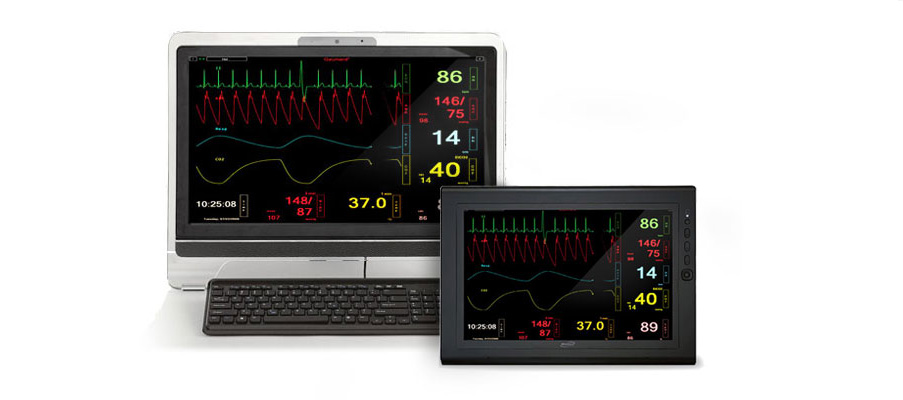
| • Use our preprogrammed scenarios designed by medical professionals. Modify them or quickly create your own. | • Use our library of preprogrammed physiologic states, modify them or specify pediatric HAL®’s condition using this Details page. | • Save each condition as a physiologic state on the Palette page. |
| • Control Pediatric HAL® using a wireless PC to quickly generate multiple life threatening situations and track the actions of care providers. | • Select Pediatric HAL®’s physiologic states from the Palette page and combine them to build a Scenario. |
• Select the time Pediatric HAL® is in each state.
|

|
File sharing
|
Sounds
|
Simulator
|
Motion
|
|
Log
|
Control
|
Airway
- Oral and nasal intubation
- Use an ET tube or LMA
- Sensors detect depth of intubation
- Unilateral chest rise with right mainstem intubation
- Multiple upper airway sounds synchronized with breathing
New Airway Features
- Realistic geometry and larger epiglottis.
- Better visualization of vocal cords as well as easy intubation
- Improved chest wall recoil during CPR
- Lung compliance refined to deliver chest rise when ventilating at 20cm H2O
Breathing
- Control rate and depth of respiration and observe chest rise
- Ventilation is measured and logged
- Gastric distention with excess BVM ventilation
- Select independent left and right lung sounds
- Chest rise and lung sounds are synchronized with selectable breathing patterns
- Accommodates assisted ventilation, including BVM and mechanical support
- Unilateral chest rise and multiple breath sounds
Venous access
- IV training arms
- IM sites on shoulders and thighs
- Intraosseous access at tibia
Simulator
- Physical size is 5 years of age
- Self-contained respiratory and circulatory functions
- Active eyes
- NG and otic exercises
- Tracheotomy opening
- Interchangeable genitalia
- Enema administration
- Two way wireless communication
- Internal rechargeable power Control
- Wireless tablet PC with stylus control
- Communication modules are FCC and CE compliant
- Both physiologic modeling and trending
- Comprehensive performance feedback
- Preprogrammed scenarios
- Build your favorite scenarios
Circulation and color change
- Multiple heart sounds, rates and intensities
- Chest compressions are measured and logged
- Blood pressure can be taken bilaterally using a cuff, palpation, or auscultation
- Korotkoff sounds audible between systolic and diastolic pressures
- Color and vital signs respond to hypoxic events and interventions
- Bilateral carotid, brachial and radial pulses operate continuously
- Pulse strengths vary with blood pressure and pulses are synchronized with ECG
Easy to use
- Instructor Control
- Software control that is powerful and yet intuitive
- Use our scenarios, modify them or quickly create your own
Active Eyes
- Instructor Control
- Open and close
- Select blink rate
- Select pupillary responses to light
File Sharing
- Provide students with images such as x-rays, CT scans, lab results, or even multimedia presentations as the scenario progress
Accessories
- 100-240 VAC charger
- Blood pressure cuff
- Instructions
- CDROM tutorial
- Carrying case
Log
- Track the actions of up to six care providers using our menu of reponses or write a narrative
- Links with Pro+ recording and debriefing system integrating the log with cameras and patient monitors
Defibrillate, Cardiovert and Pace
- Apply real electrodes and AED pads
- Use real EMS equipment
- See electrical interventions on your AED or our monitor
ECG
- View ECGs with physiologic variations generated in real-time
- Synchronized with pulses
- Conductive skin regions
- Apply real electrodes
Motion
- Fully responsive even when carried
- Body convulses on command
- Eyes open / close and feature slow or rapid blinking
Hypoxic Modeling
- Color and vital signs respond to hypoxic events and interventions
Sounds
- Extensive speech library
- Heart sounds include a normal heart as well as splits and murmurs
- Respiratory sounds include normal lungs as well as stridor, bronchial, wheezing, pleural friction and crackles
- Bowel sounds
